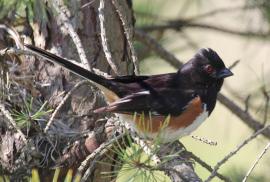Fast Facts
Fascinating facts about boreal birds and the boreal forest
Want a bit more detail? Check out our Conservation Values page, or browse through our collection of reports, fact sheets and maps.
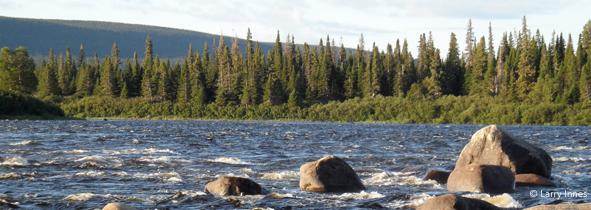
North America's boreal forest, which spans the northern portion of the continent from Alaska all the way to Newfoundland, covers an astonishing 1.5 billion acres—larger than all but 6 countries, including India.
Containing around 85%, Canada is home to the majority of North America's boreal.
Around 80% of Canada's boreal forest is still relatively intact and free of industrial disturbance. This is crucial because as conservation science continues to evolve, intactness is increasingly being viewed as a critical ecological value in and of itself.
Canada's boreal forest represents 25% of the world's last remaining intact forest, leading the world alongside the Amazon.
Although the majority of Canada's boreal remains intact, much of the southern boreal has been lost to industrial development. Development is continuing to push further and further north into the heart of the boreal each year.
More than 30% of Canada's boreal has been allocated to some form of current or future development, confirming the need to conserve large portions of the boreal to create a balance in the boreal forest.
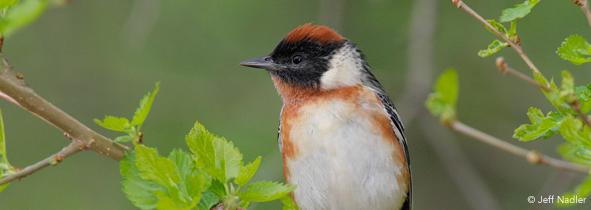
325 North American bird species rely on the boreal forest for nesting or migratory stopover habitat. That's nearly half of all species commonly occurring in Canada and the United States!
Between 1-3 billion birds flock to the boreal forest each summer to nest and breed. This number swells to 3-5 billion once the young have hatched.
Billions of birds pour out of the boreal forest each fall to head to their favorite wintering grounds. More than 1 billion will end up in the United States while the remainder can be found throughout the Americas, from Mexico and the Caribbean all the way down to the southern tip of South America.
Some types of birds are particularly reliant on the boreal forest: 80% of North American waterfowl species, 63% of finch species, and 53% of warbler species breed in the boreal.
Many boreal bird species have registered serious declines in recent decades. This includes songbirds like the Rusty Blackbird (90%), Canada Warbler and Evening Grosbeak (75+%), and the Boreal Chickadee and Olive-sided Flycatcher (70+%). Boreal-dependent waterfowl have also declined, including scoters (80+%) and scaup (50+%).
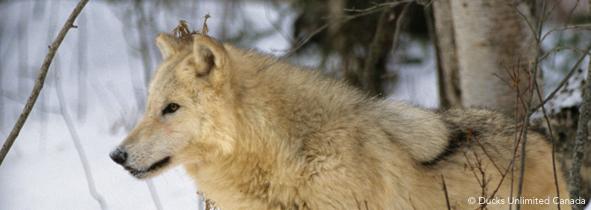
The boreal forest represents one of the few remaining healthy habitats for a variety of mammals, birds, fish, and other wildlife that have lost much of their habitat further south.
Some of North America's most iconic large mammals still roam freely throughout the untouched expanses of boreal forest. It is a stronghold for famous ungulates like caribou, moose, and elk, as well as well-known predators like wolf, cougar, lynx, and all 3 North American species of bear (grizzly, black, and polar).
The vast networks of lakes, wetlands, and waterways provide ideal habitat for smaller mammals such as beaver, otter, mink, and muskrat.
Some of the largest and healthiest populations of fish anywhere in the world occur in the boreal forest. This includes freshwater fish like trout, pike, and walleye, as well as sea-run migratory fish like Atlantic and chum salmon, sea-run brook trout, and Arctic char.
The lush aquatic regions of the boreal support enormous quantities of water-dependent insects. These insects provide invaluable food for birds and other small animals, in many cases acting as the foundation for larger food chains. For instance, diving ducks have been found to produce more offspring in years of high insect abundance.
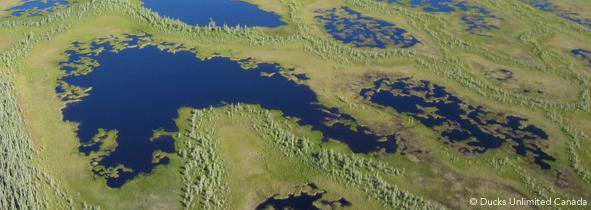
Globally, boreal forests store more carbon than all of the world's tropical and temperate forests combined. Keeping this carbon stored in the ground and out of the atmosphere is one of the most important and easiest ways we can provide climate change from worsening.
On average, boreal forests store twice as much carbon per acre as tropical forests.
Canada's boreal forest alone stores a minimum of 208 billion tonnes of carbon. This is equivalent to more than 1,000 years' worth of Canada’s GHG emissions in CO2 equivalent at 2014 levels.
The boreal forest also acts as a refuge for many species being pushed north due to rising temperatures and changing landscapes further south, providing species with a northern 'safe haven' with ample space to find the best suitable habitat for their needs.
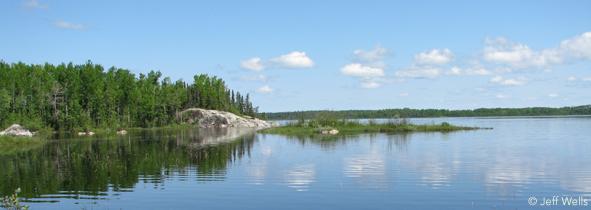
Canada houses more surface freshwater than any other country, and the Canadian Boreal Forest contains nearly 200 million acres of surface fresh water alone.
The Canadian Boreal Forest features a quarter of the world's wetlands, which provide vital ecosystem services.
Canada's boreal waters influence global climate. The wetlands and peatlands of its boreal store an estimated 136.7 billion tonnes of carbon, equivalent to around 685 years' worth of Canada’s GHG emissions in CO2 equivalent at 2014 levels.
The Canadian Boreal Forest contains the greatest number of large undammed, free-flowing rivers in all of North America.
Meet a Boreal Bird
Dick Daniels/Wikimedia Commons (CC 3.0)
This species regularly occurs in North America's boreal forest during breeding, migration, or wintering.


